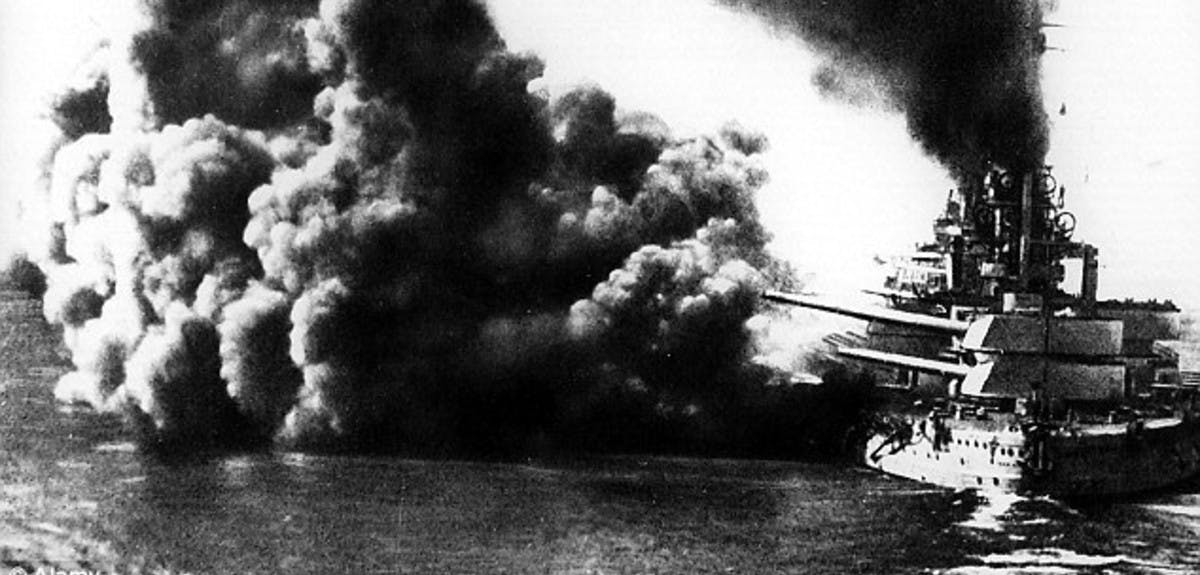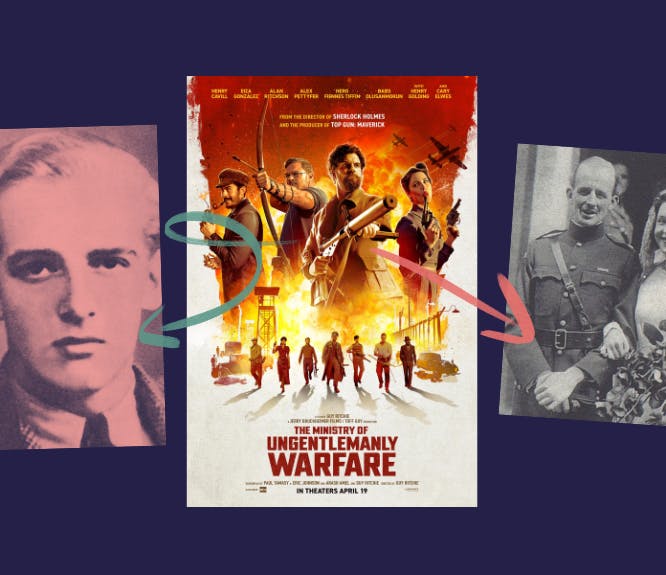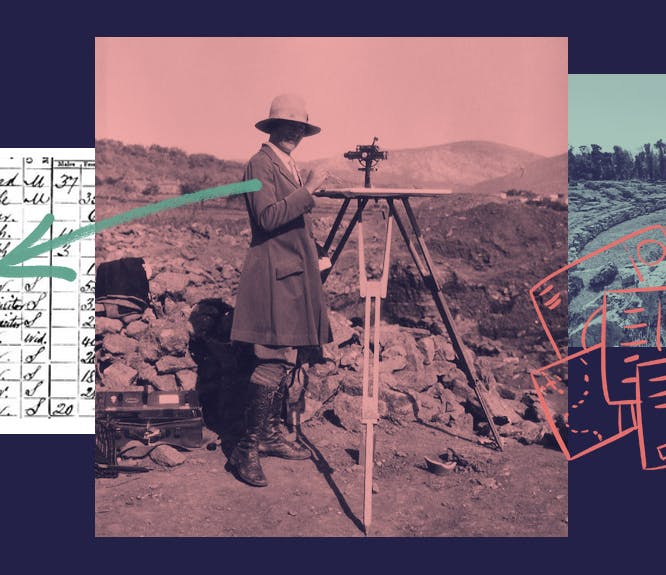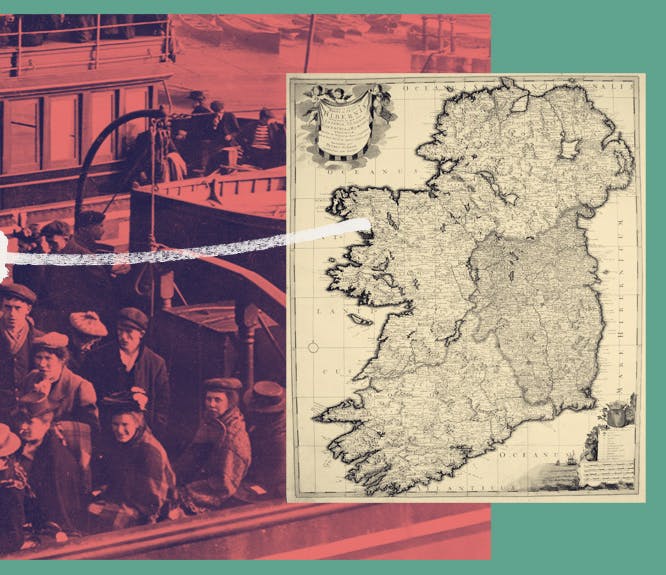The battle to rule the waves: The Royal Navy in World War 1
2-3 minute read
By The Findmypast Team | April 17, 2014

We just released 500,000 British Royal Navy & Marine Service records from 1899-1919 as part of or 100in100 campaign, bringing you 100 record sets in 100 days. Below, we take a look at the fascinating history of the Royal Navy's epic - and brutal - participation in World War 1.
The Royal Navy is the oldest service branch, tracing its proud origins back to the 16th century, and is known as the Senior Service. Since the end of the 17th century it had ruled the waves, and in 1914 it was still the most powerful navy in the world.
Historically, the Navy's basic responsibilities were mainly policing colonies and trade routes, defending coastlines and imposing blockades on hostile powers. The government believed that the Royal Navy had to possess a battle fleet which outsized and out gunned every other navy on the planet.
Following a bitter naval arms race with Germany, by 1914 the Royal Navy had:
Outbreak of war
When war was declared, the Navy stationed its most powerful ships at Scapa Flow in the Orkneys and at Rosyth on the Firth of Forth in readiness for any large-scale breakout attempt by the Germans. Cruisers, destroyers, submarines and light forces were clustered around the coast.
The Mediterranean fleet, of two battle cruisers and eight cruisers were based at Gibraltar, Malta and Alexandria and was used during the operations to protect Suez and the landings at Gallipoli. Naval forces from Canada, Australia and New Zealand were also at the ready.
In August 1914 The Royal Navy faced its first real test of strength when Admiral Sir David Beatty devised a plan to draw the Germans into a major sea battle by using two light cruisers, the Fearless and Arethusa, and 25 destroyers to launch a daring raid against German ships very close to the German base at Heligoland.
As German ships responded to the attack, Beatty launched the battleships New Zealand and Invincible and three battle cruisers. In the battle that followed, the Germans lost three German cruisers and a destroyer. The British ship, the Arethusa was badly damaged but was towed home to safety.
RMS Lusitania was briefly the world's biggest ship. In 1915 she was torpedoed and sunk by a German U-boat, causing the deaths of 1,198 passengers and crew
Catastrophe: A brutal blow
The British Navy suffered three early shocks. On 22nd September, 1914, German U-boats destroyed the Cressy, Aboukir and Hogue with the loss of 1,400 sailors. This was followed by Audacious, a dreadnought completed in late 1913, sinking after hitting a mine off the northern coast of Ireland.
These catastrophes made the Royal Navy cautious, restricting itself to less risky sweeps of the North Sea.
The next major naval battle came in December 1914 when Admiral Franz von Hipper and the First High Seas Fleet attacked the coastal towns of Scarborough, Hartlepool and Whitby. The attack killed 18 civilians and shocked the Nation. The Royal Navy came under fire from the British public who believed they had failed to protect the British Coast.
Jutland: A full-scale confrontation
The only full scale confrontation of the war between British and Germans fleets took place on 31st May 1916 and came to be known as the battle Jutland.
Jutland was to be the largest naval battle the world have ever seen, and proved catastrophic for both sides. The British lost three battle cruisers, three cruisers, eight destroyers and suffered 6,100 casualties while the Germans lost one battleship, one battle cruiser, four cruisers and five destroyers and 2,550 casualties.
The outcome of Jutland came as a huge shock to the British Admiralty as the British fleet had clearly outnumbered German forces (151 to 99). Jutland was surprisingly still seen as a victory as it established Britain had command over the North Sea.
During the course of the war the Royal Navy lost; 2 dreadnoughts, 3 battle cruisers, 11 battleships, 25 cruisers, 54 submarines, 64 destroyers 10 torpedo boats and suffered total casualties of 34,642 dead and 4,510 wounded.
Find out if your ancestors were involved by taking a look at the records on Findmypast.
Related articles recommended for you

The incredible true story behind The Ministry of Ungentlemanly Warfare
History Hub

Inspirational women from history: the story of archaeologist-turned-spy Winifred Lamb
History Hub

This is how social history can help you to find the female ancestors within your family tree
Help Hub

